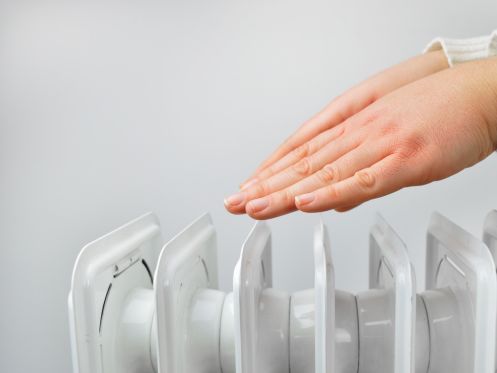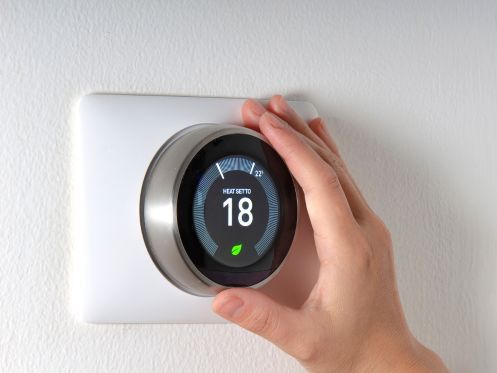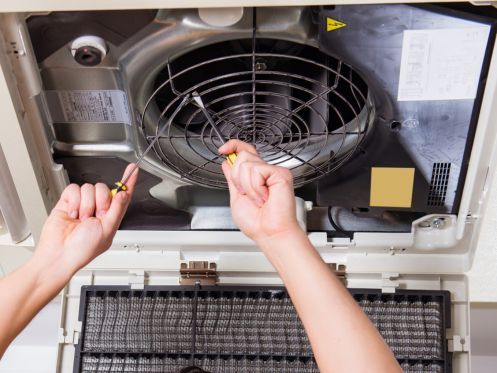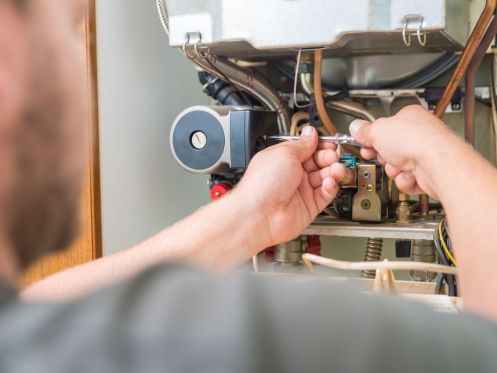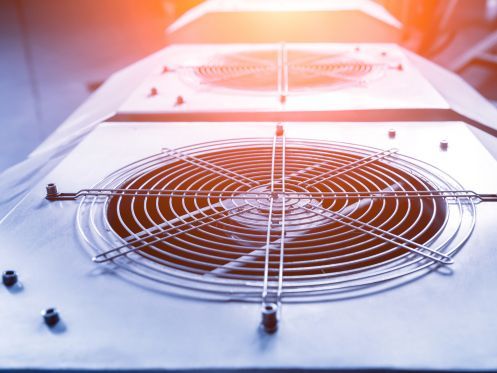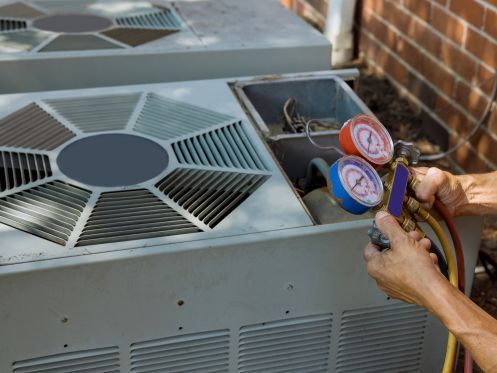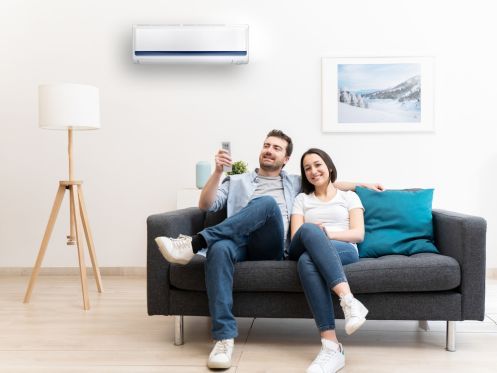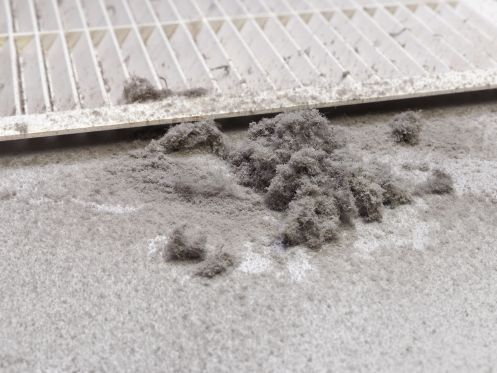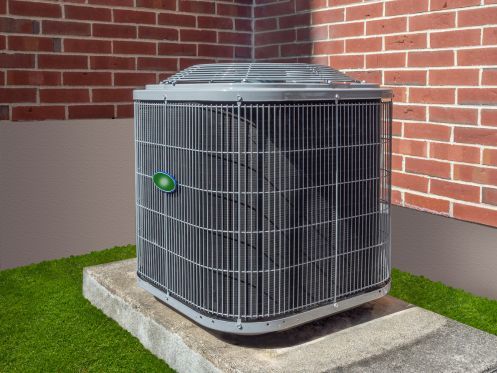Heating Tune-Up Routines to Start the Year
Table of Contents
The turn of the year is a great time to give your heating an extra boost. With regular maintenance, you can increase the efficiency and lifespan of your system while improving comfort levels in your home or office throughout the winter months.
Air Docs Heating & Cooling provides top-quality heating repair in Vero Beach, FL. Here are some tips on how to perform an effective Heating Tune-Up routine at the start of each year.
CLEAR AWAY OBSTRUCTIONS
Oftentimes, the most effective techniques are the simplest ones. Make sure that the heating system is not blocked by furniture or other objects. This will reduce the strain on your system, allowing it to operate more efficiently with improved airflow.
CLEAN AIR FILTERS
This is one of the most important parts of heating maintenance. Ensure a regular change or clean air filters according to the manufacturer’s instructions for optimal performance. Dirty air can reduce efficiency and lead to air quality problems that can cause poor indoor air quality.
CHECK FOR LEAKS
Look for any signs of water leaks near the heating installation system such as wet spots or discolored areas on the floor or walls. If you find any, call an HVAC professional ASAP to inspect and repair any issue before they escalate and become harder–and more expensive–to address.
INSPECT HEAT EXCHANGERS
Visually inspect heat exchangers for cracks or other signs of damage that may require immediate heating services. A damaged exchanger can release carbon monoxide into the air and should be replaced immediately by a certified technician.
CLEAN OUT CONDENSATE DRAINS
Finally, for proper heating maintenance, make sure all condensate drains are clean and free of debris so that moisture is removed efficiently from your home or office. Clean out any clogs or blockages in the drain line to ensure proper drainage.
A well-maintained heating system is essential for a comfortable and healthy environment in your home or office. A Heating Tune-Up routine at the start of each year is a great way to ensure that your system is operating efficiently and safely. Be sure to follow the above tips and contact us at Air Docs Heating & Cooling if you have any doubts or concerns about your heating system.

